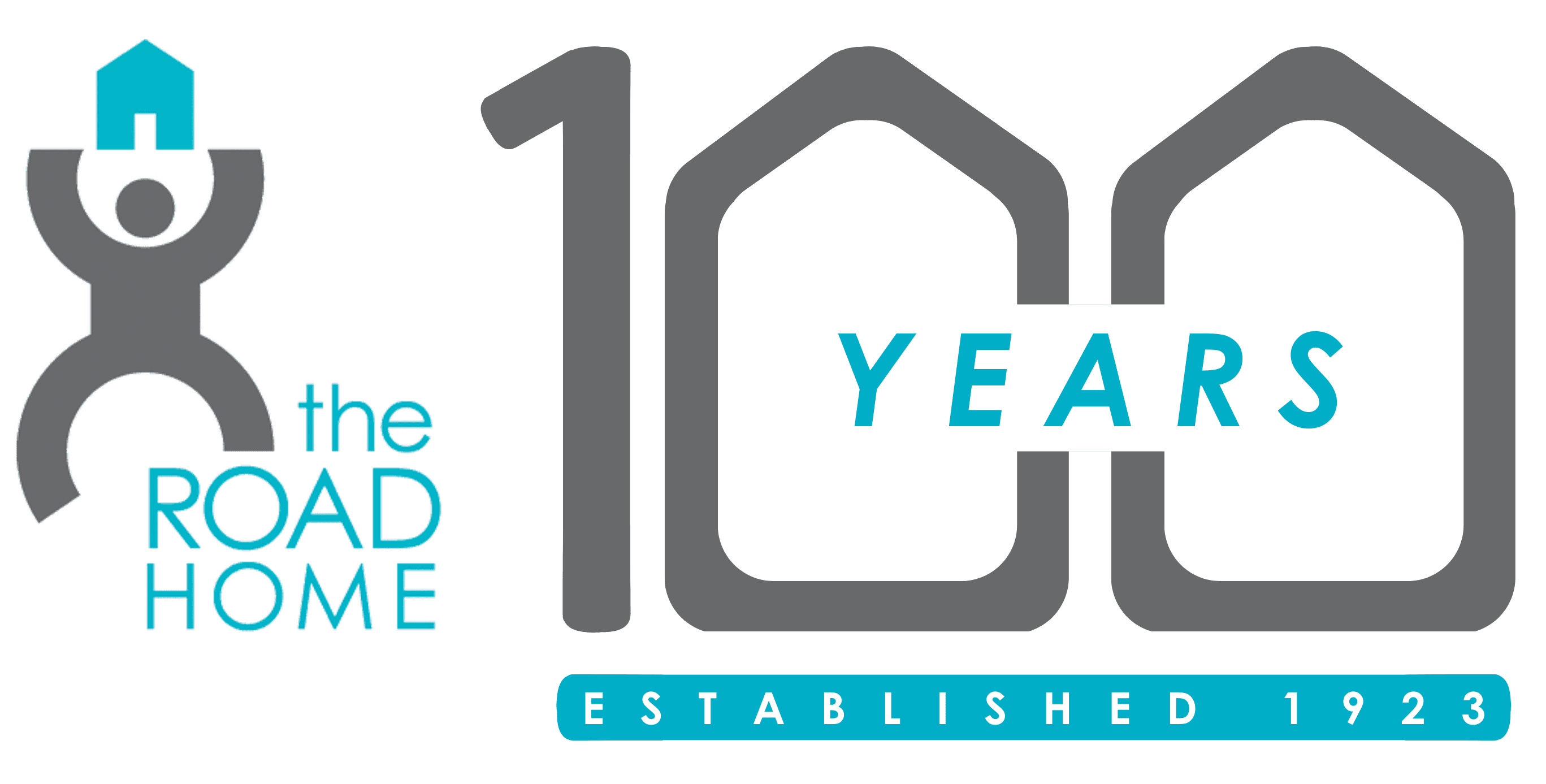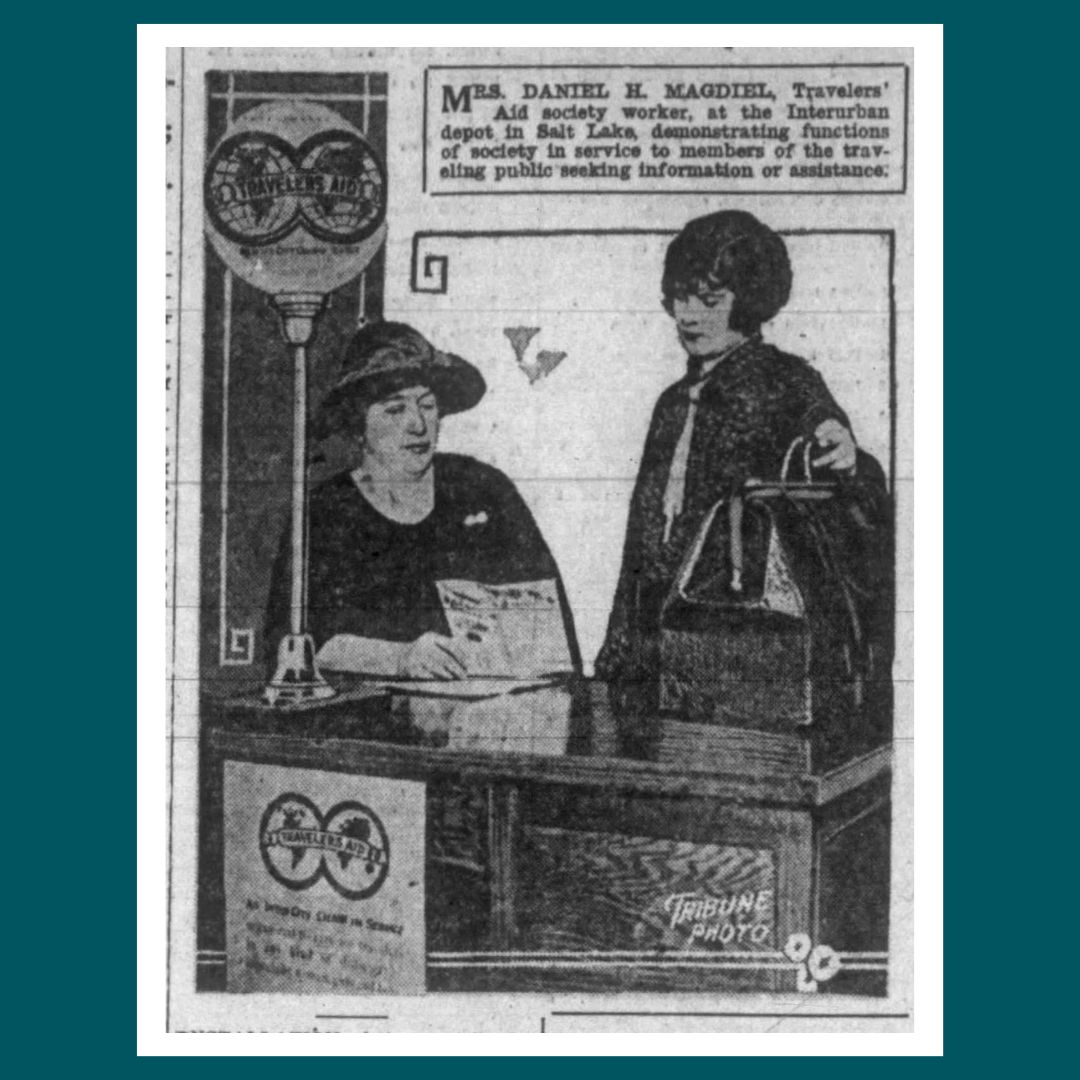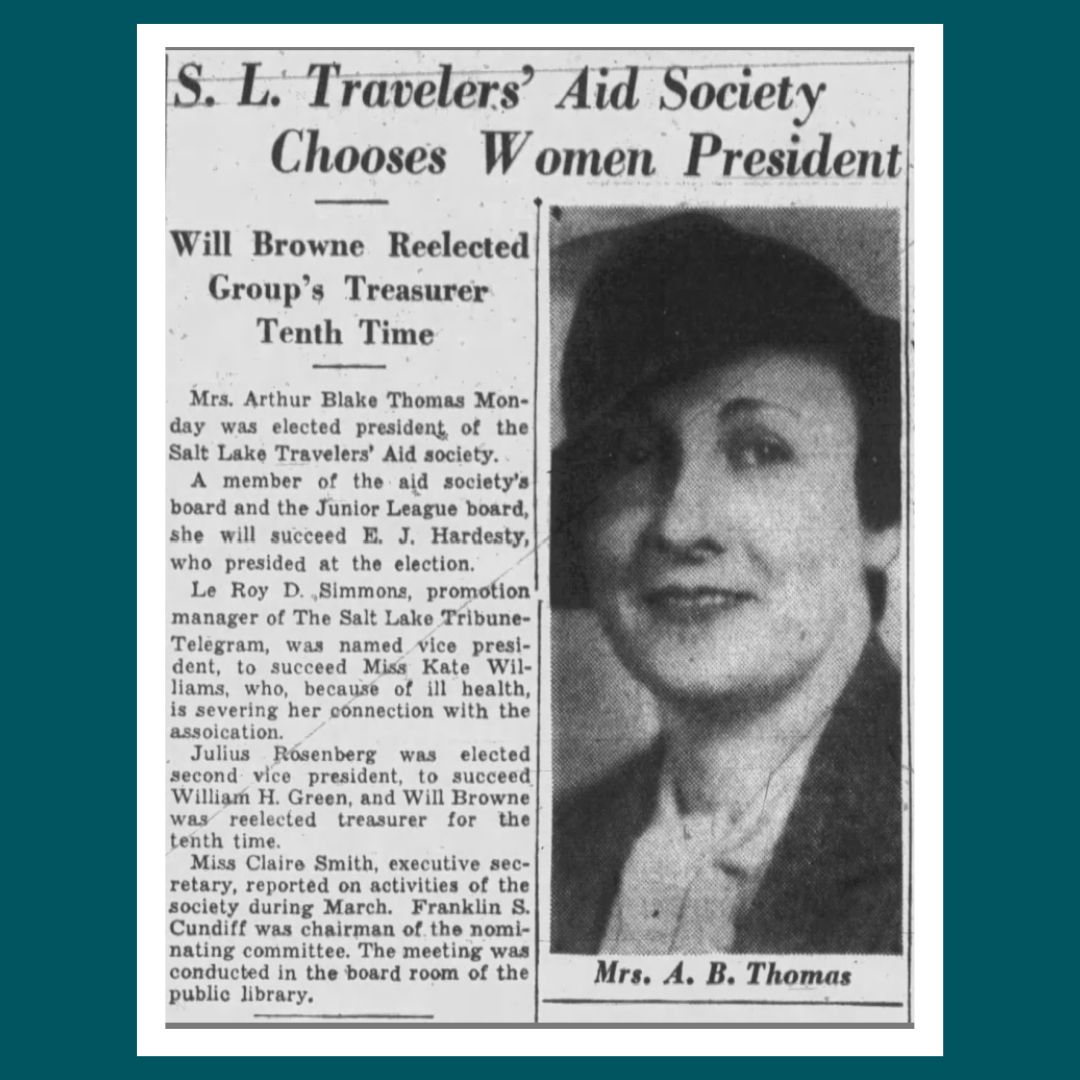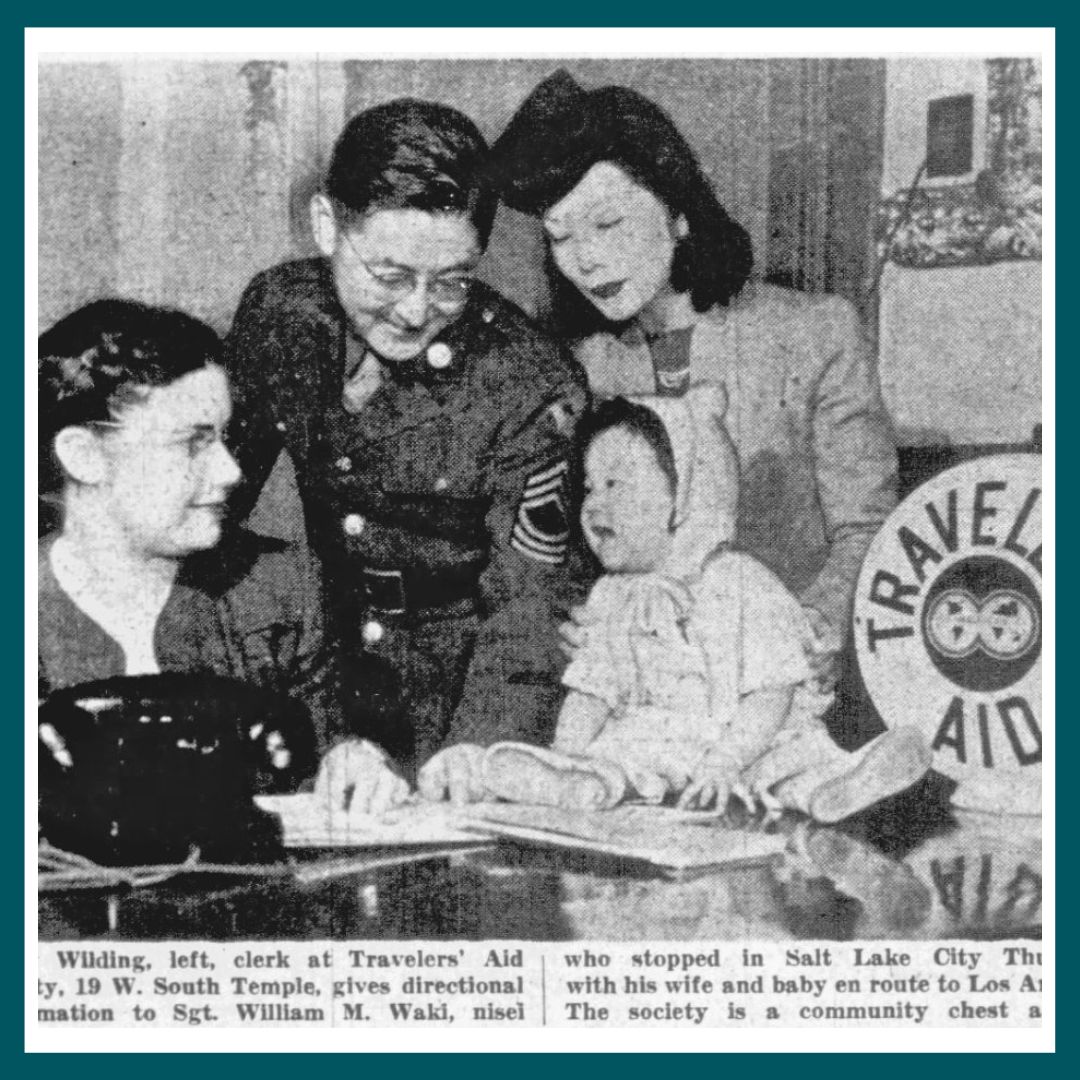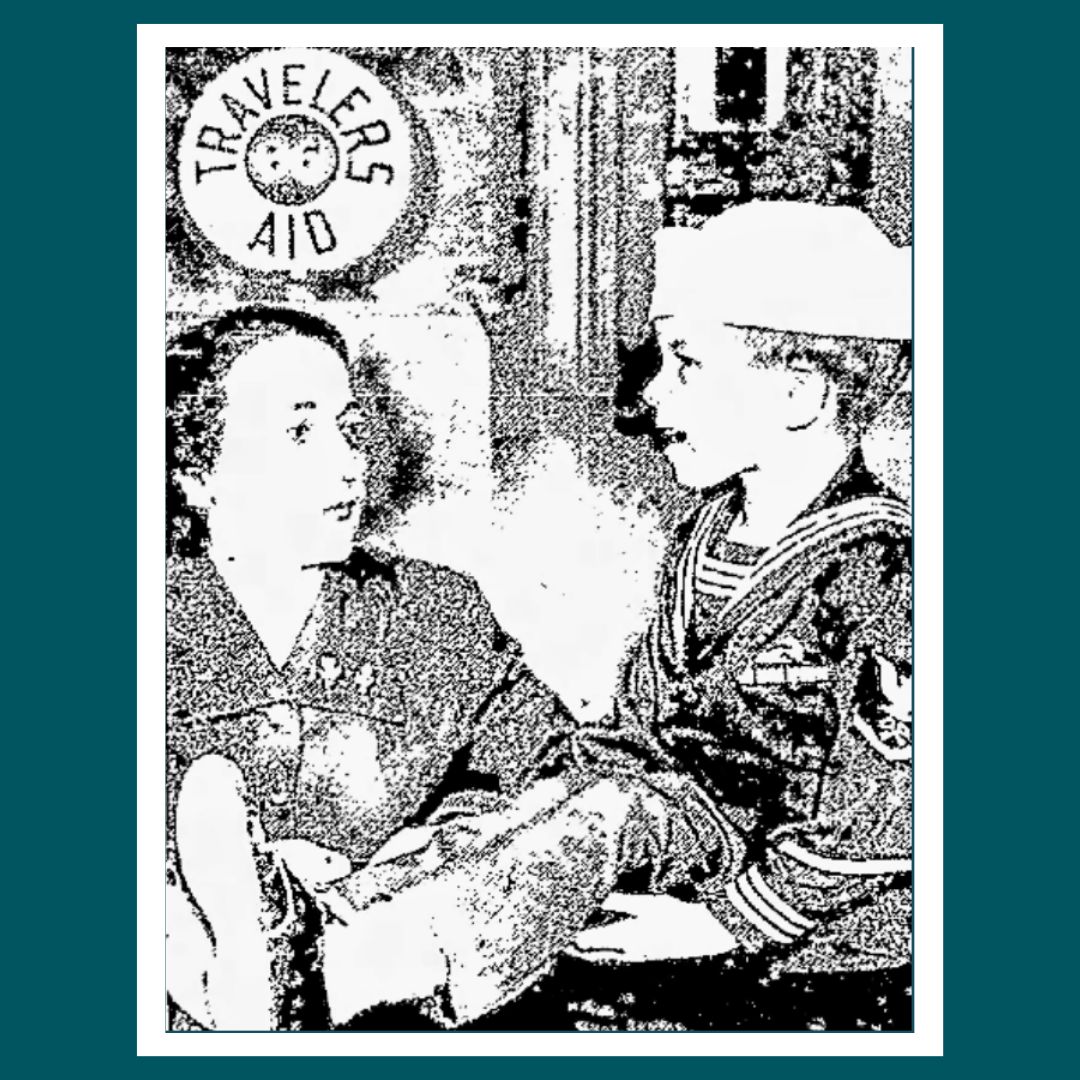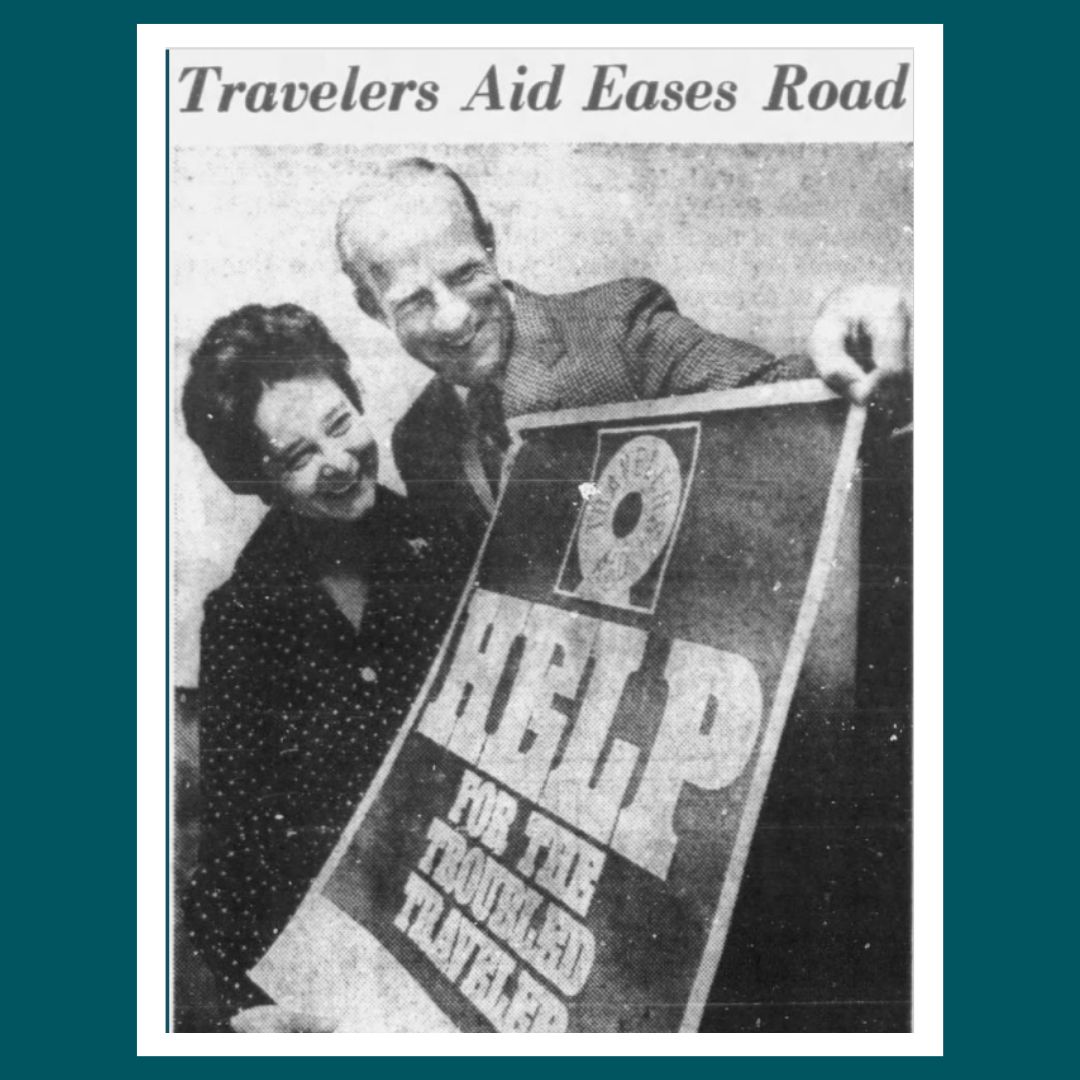06.13.19 | By: The Road Home Staff
Celebrating Palmer Court’s 10 Year Anniversary

At 10 Years, The Road Home’s Palmer Court Proves to be a Cost-Efficient and Effective Strategy to Break the Cycle of Chronic Homelessness
Permanent supportive housing strategy,coupled with onsite services changes lives for the better
SALT LAKE CITY, June 13, 2019 -The Road Home, the local non-profit that provides housing, shelter and resources for people experiencing homelessness, commemorated the 10-year anniversary of its Palmer Court permanent supportive housing facility, at a special event on June 13.Community leaders, The Road Home team and its support-service partners gathered at Palmer Court, 999 South Main St. in SLC, to celebrate how Palmer Court has proven to significantly reduce the number of households returning to homelessness in Utah.
The Road Home’s Palmer Court, Utah’s largest permanent supportive housing development, and the only one that serves families with children, provides on-site support services, long-term case management and more, to help people overcome chronic homelessness. Over the past 10 years, over 900 men, women, and children (271) have lived at Palmer Court and received services who would have otherwise remained in shelter. Forty-seven households that moved in 10 years ago still call Palmer Court home. Today, 201 households, which includes 208 adults and 73 children, have a home at Palmer Court.
“The cost of supporting an individual to live in permanent supportive housing is less than the cost of services provided to someone living on the streets,” said Michelle Flynn, associate executive director of programs for The Road Home. “Permanent supportive housing offers some of the most vulnerable members of our community an affordable rent situation and an array of onsite services, which leads to more stable and healthy lives.”
“Over the past 10 years we have seen great success in creating housing stability among our residents through permanent supportive housing at Palmer Court and our other housing properties,” added Flynn. “We thank community leaders and our partnering organizations including Salt Lake City, Salt Lake County, Head Start, Utah Community Action, Shelter the Homeless, and many others, for working with our case managers to help our housing residents overcome the great hurdles in their lives that once led them to live on the streets.”
According to Matt Minkevitch, The Road Home executive director, Utah was one of the first to adopt permanent supportive housing as the statewide solution to ending chronic homelessness. He said, in 2004, stakeholders from government, housing, homeless services and the private sector began planning strategies and housing projects to make it happen.
“Our data matched numbers from other communities that showed about 12 percent of people experiencing homelessness utilized more than 55 percent of the shelter bed space,” said Minkevitch. “By adopting the evidence-based, permanent supportive housing model,we knew we could help people with extreme and long-term needs end their homelessness, and at the same time, be more efficient by reserving our shelter beds for crisis response. And giving people a chance to live on their own successfully has worked.”
The Road Home delivers housing services to approximately 1,500 households annually through rapid rehousing and permanent supportive housing models, in conjunction with Salt Lake County’s “continuum of care” effort. In addition to Palmer Court, with its 201 units for individuals and families,The Road Home also operates Wendell Apartments with 32 units for individuals and supports several hundred households in scattered permanent supportive housing sites in Salt Lake County.
“Even though we have seen great success in housing stability over the past 10 years through Palmer Court and permanent supportive housing, at the same time our community’s production of permanent supportive housing has slowed and is not meeting the growing need,” added Flynn. “The cost of rent continues to rise, and the availability of affordable units has declined in our community, making it more difficult to provide rental assistance at scattered sites.
“We operate under a Housing First model to end homelessness as quickly as possible for our clients, so adequate and accessible affordable housing is essential in our community,” she said.“That’s why we’ll continue to operate permanent supportive housing projects such as Palmer Court, and we look forward to exciting new projects such as the Magnolia Apartments,on 300 East and 200 South, which will provide 65 studio apartments with onsite services in Salt Lake City.”
For more information about The Road Home’s permanent supportive housing and how to volunteer, visit https://www.theroadhome.org.
